How Biofortified Crops Are Fighting Hidden Hunger Globally

TL;DR: CAES stores excess renewable energy by compressing air in underground caverns, then releases it through turbines during peak demand. New advanced adiabatic systems achieve 70%+ efficiency, making this decades-old technology suddenly competitive for long-duration grid storage.
By 2040, global energy storage capacity needs to jump from 200 gigawatts to over 1,500 gigawatts. That's a sevenfold increase in just 15 years, and batteries alone won't cut it. Enter compressed air energy storage (CAES), a technology that's been quietly operating since 1978 but is suddenly looking like the missing piece in our clean energy puzzle. The idea is beautifully simple: when wind turbines and solar panels produce more electricity than we need, use that excess power to compress air and store it underground. When demand spikes and renewables can't keep up, release the compressed air to spin turbines and generate electricity. Think of it as a massive underground battery that doesn't require lithium, cobalt, or any critical minerals.
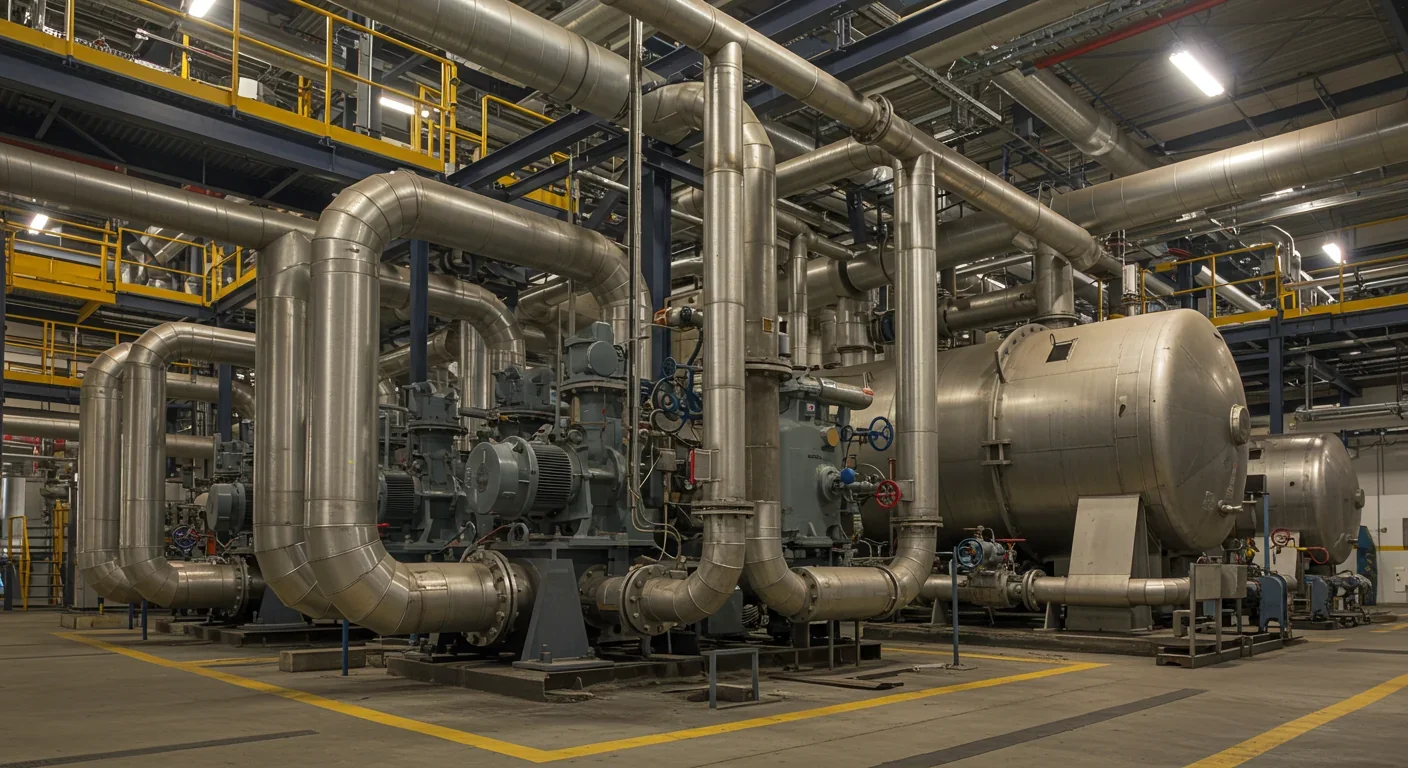
Right now, only two commercial CAES facilities exist worldwide: one in Huntorf, Germany, running since 1978 with a 290-megawatt capacity, and another in McIntosh, Alabama, operating since 1991 with 110 megawatts. Together, they've logged nearly 80 years of combined operational experience, proving that CAES can work reliably at utility scale. Yet despite this track record, the technology has remained stubbornly niche. That's changing fast.
The renewable energy revolution created a problem that didn't exist when coal and natural gas dominated the grid. Solar and wind power are intermittent by nature—the sun doesn't always shine, the wind doesn't always blow, and both tend to produce the most energy when we need it least. California regularly generates so much midday solar power that it pays neighboring states to take the excess electricity off its hands. Then evening arrives, the sun sets, and the state scrambles to fire up natural gas plants to meet peak demand.
Lithium-ion batteries have emerged as the go-to solution for short-duration storage, typically providing 2-4 hours of discharge. They're getting cheaper and they're everywhere, from electric vehicles to home solar systems to utility-scale installations. But here's the catch: building enough battery capacity to store energy for days or weeks would require staggering amounts of lithium, cobalt, and other materials that take years to mine, process, and manufacture. The environmental footprint and geopolitical dependencies would partially defeat the purpose of going renewable in the first place.
CAES facilities can discharge for 8-26 hours depending on cavern size—far longer than the typical 2-4 hours of battery storage. And they can run for 30+ years with no degradation of the storage medium.
CAES offers a different trade-off. The technology can discharge for 8-26 hours depending on cavern size and turbine capacity, making it suitable for multi-day energy storage. The round-trip efficiency of conventional CAES systems—around 40-55%—lags behind lithium-ion batteries, which typically achieve 85-90%. But CAES facilities can run for 30 years or more with minimal maintenance and no degradation of the storage medium. You're not replacing battery packs every decade. The cavern is the cavern, sitting underground, doing its job indefinitely.
Advanced adiabatic CAES (AA-CAES) systems capture the heat generated during compression and store it in solids or molten salts, then use that heat during expansion. This approach can push round-trip efficiency above 70%, suddenly making CAES competitive with batteries on efficiency while maintaining its advantages in duration, lifespan, and material sustainability.
The basic cycle is straightforward: compress air when you have excess electricity, store the compressed air, release it through a turbine when you need power back. The devil, as always, is in the details.
During off-peak hours, excess electricity powers compressors that squeeze air to high pressures—typically 40-80 bar, or about 580-1,160 pounds per square inch. That's roughly 40-80 times atmospheric pressure. Compressing air generates heat, lots of it. In conventional "diabatic" CAES systems like Huntorf and McIntosh, this heat is vented to the atmosphere and lost. That's inefficient, and it means you need to add energy back into the system later.
The compressed air flows into underground caverns. Salt caverns are ideal because salt is impermeable to air, self-healing when cracks form, and can be solution-mined to create caverns of almost any shape and size. The McIntosh facility uses a 540,000 cubic meter solution-mined salt cavern—picture a cylindrical space about 100 meters in diameter and 300 meters tall, carved out of an underground salt dome by pumping in water and extracting brine.
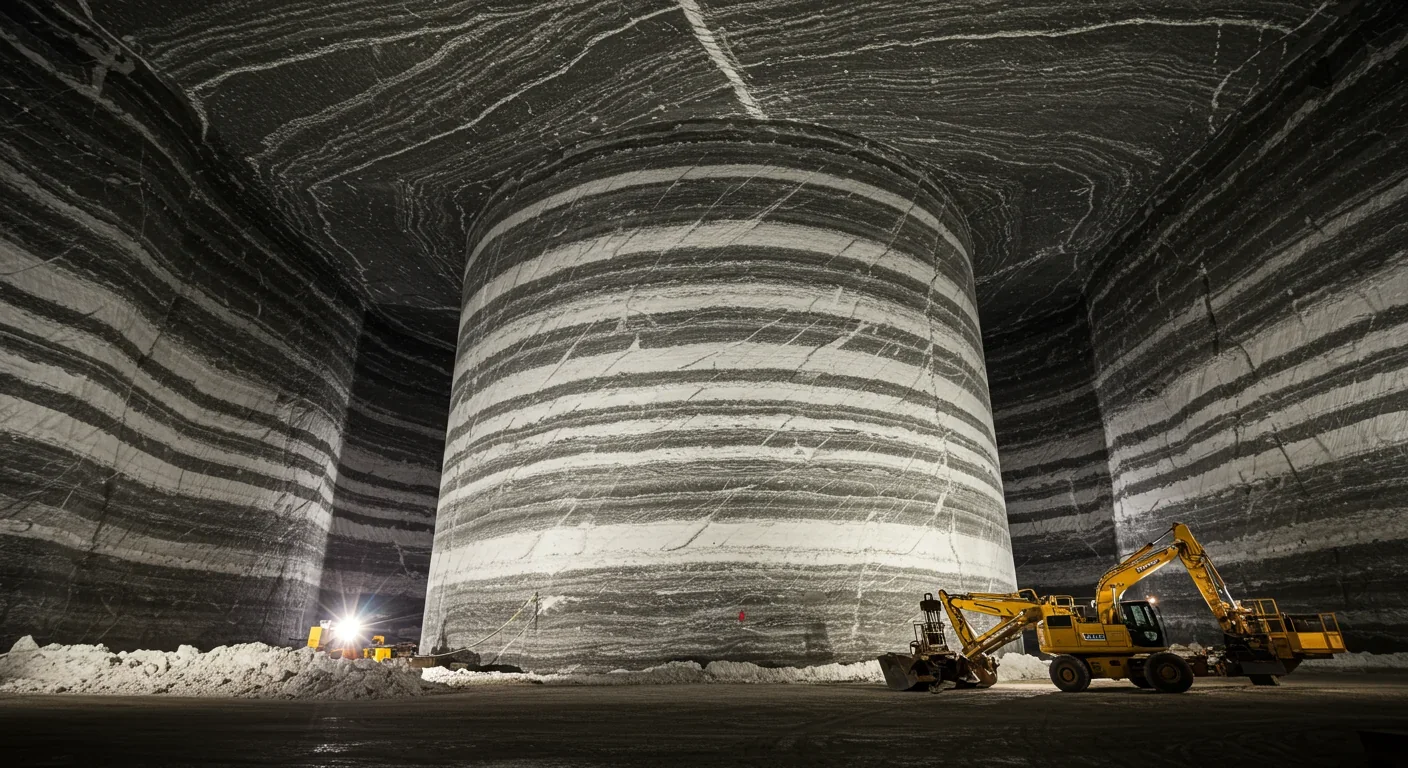
Other geological formations work too. Depleted natural gas fields already proved they can hold pressurized gas for millions of years, so repurposing them for compressed air makes sense. Hard rock caverns, excavated using conventional mining techniques, offer flexibility in locations that lack salt formations or depleted gas fields. Aquifer storage in porous rock formations is theoretically possible but requires careful geological assessment to prevent air leakage.
When the grid needs power, operators reverse the process. Compressed air is released from the cavern, expanded through a turbine, and generates electricity. Here's where conventional CAES shows its Achilles heel: expanding compressed air rapidly cools it, potentially to temperatures that would freeze and damage turbines. To prevent this, conventional systems mix the air with natural gas and burn it before expansion. This adds heat, prevents freezing, and boosts power output—but it also means you're burning fossil fuels. The Huntorf plant achieves 42% round-trip efficiency with this approach; McIntosh manages only 27% expansion efficiency because more natural gas is needed in Alabama's hotter, more humid climate.
"With the AirBattery, we're introducing a storage solution that finally matches the scale and rhythm of renewable energy."
— Or Yogev, CEO of Augwind Energy
That's why advanced adiabatic systems represent such a leap forward. By capturing compression heat in thermal storage—packed beds of rocks, ceramic bricks, or molten salt—and using it during expansion, AA-CAES eliminates the need for fossil fuel combustion. Near-isothermal CAES takes this further by maintaining nearly constant temperature during both compression and expansion through careful heat exchange, potentially achieving 90-95% isothermal efficiency in laboratory conditions. Whether these theoretical efficiencies translate to commercial reality remains to be seen, but the pathway is clear.
After decades of stagnation with just two operational plants, CAES development is accelerating. In 2022, China commissioned a 100-megawatt, 400-megawatt-hour advanced CAES facility in Zhangjiakou, Hebei Province, achieving approximately 70% round-trip efficiency using thermal storage. It's the first new utility-scale CAES plant in over three decades and demonstrates that the advanced adiabatic approach works at commercial scale.
The United States is betting big on CAES. A massive Hydrostor project in California landed a $1.76 billion Department of Energy loan guarantee, the largest federal loan ever awarded specifically for long-duration energy storage. The facility will use hard rock caverns to store compressed air and is designed for 500 megawatts of power output with 10 hours of duration—enough to supply a medium-sized city through an entire evening peak demand period.
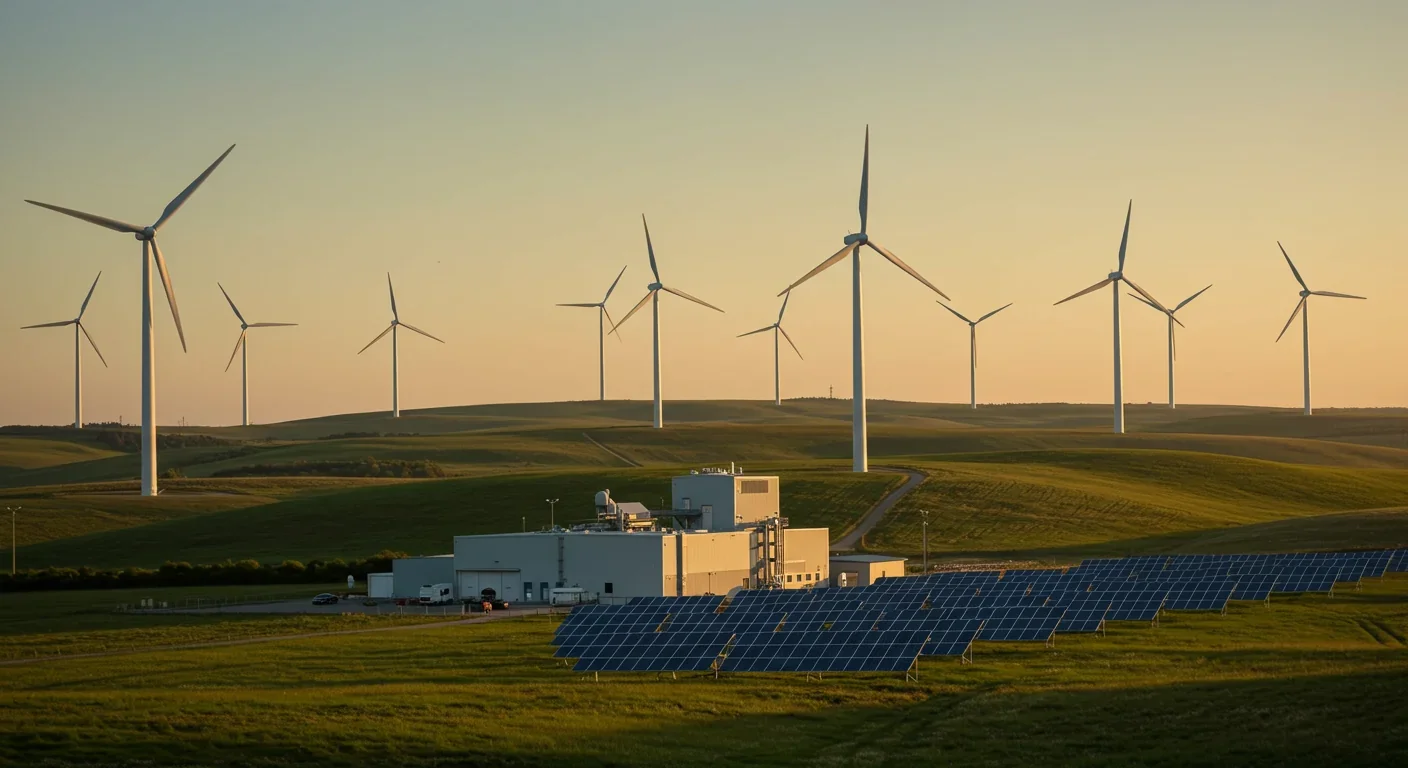
Germany, already home to the Huntorf plant, is doubling down on CAES. Israeli company Augwind Energy plans to build what it calls the world's first commercial-scale "air battery" using salt caverns, with commissioning scheduled for 2027-2028. Germany has more than 400 salt caverns suitable for CAES, representing a total geological storage potential of 330 terawatt-hours—roughly equivalent to Germany's entire annual electricity consumption. That's not a typo: if fully developed, Germany's salt caverns could theoretically store a year's worth of the country's electricity demand.
Australia is exploring CAES to help integrate its rapidly growing renewable energy capacity, particularly in regions with suitable geology. The country has vast deposits of salt formations in South Australia and hard rock formations along the eastern seaboard. Given Australia's ambitious renewable energy targets and its geographic challenges—a continent-sized country with population centers separated by thousands of kilometers—long-duration storage technologies like CAES could play a crucial role.
Projects are also under development in the United Kingdom, where undersea caves in Northern Ireland are being considered for compressed air storage, and in several other European countries looking to reduce dependence on fossil fuels while maintaining grid stability.
Energy storage economics comes down to four factors: capital cost, operating cost, efficiency, and lifespan. CAES capital costs range from $500 to $1,200 per kilowatt for large-scale systems, depending heavily on geology. If you're lucky enough to have a salt cavern or depleted gas field, you're looking at the lower end. If you need to excavate hard rock caverns, costs climb toward the upper range.
Lithium-ion battery installations currently cost around $300-600 per kilowatt-hour for utility-scale projects, but that's for 2-4 hours of storage. Scale that up to the 10-hour duration CAES provides and you're spending $3,000-6,000 per kilowatt of capacity—five to ten times the cost of CAES. Plus, battery packs degrade over time and need replacement every 10-15 years. CAES caverns last 30-50 years with minimal maintenance.
Germany's 400+ salt caverns represent 330 terawatt-hours of potential storage—roughly equivalent to the country's entire annual electricity consumption.
Pumped hydro storage, the only proven long-duration storage technology currently deployed at scale, achieves 70-85% round-trip efficiency and can discharge for many hours. But pumped hydro requires specific geography: two reservoirs at different elevations with enough height difference to generate meaningful power. Most suitable sites in developed countries were built decades ago. Finding new locations means navigating environmental regulations, land use conflicts, and often fierce local opposition.
CAES occupies a middle ground. It's more flexible than pumped hydro because underground caverns are more common than mountain reservoirs. It's cheaper than batteries for long-duration storage. The efficiency gap that once made CAES uncompetitive is closing as advanced adiabatic systems mature. And unlike batteries, CAES uses locally sourced materials—steel for tanks and turbines, concrete for structures, whatever geology provides the cavern—with almost no reliance on critical minerals subject to geopolitical risks.
Augwind Energy estimates its AirBattery system will achieve costs of $10-15 per kilowatt-hour over a 40-year lifespan with minimal hardware degradation. If that pencils out in practice, CAES would undercut batteries by an order of magnitude for long-duration storage applications.
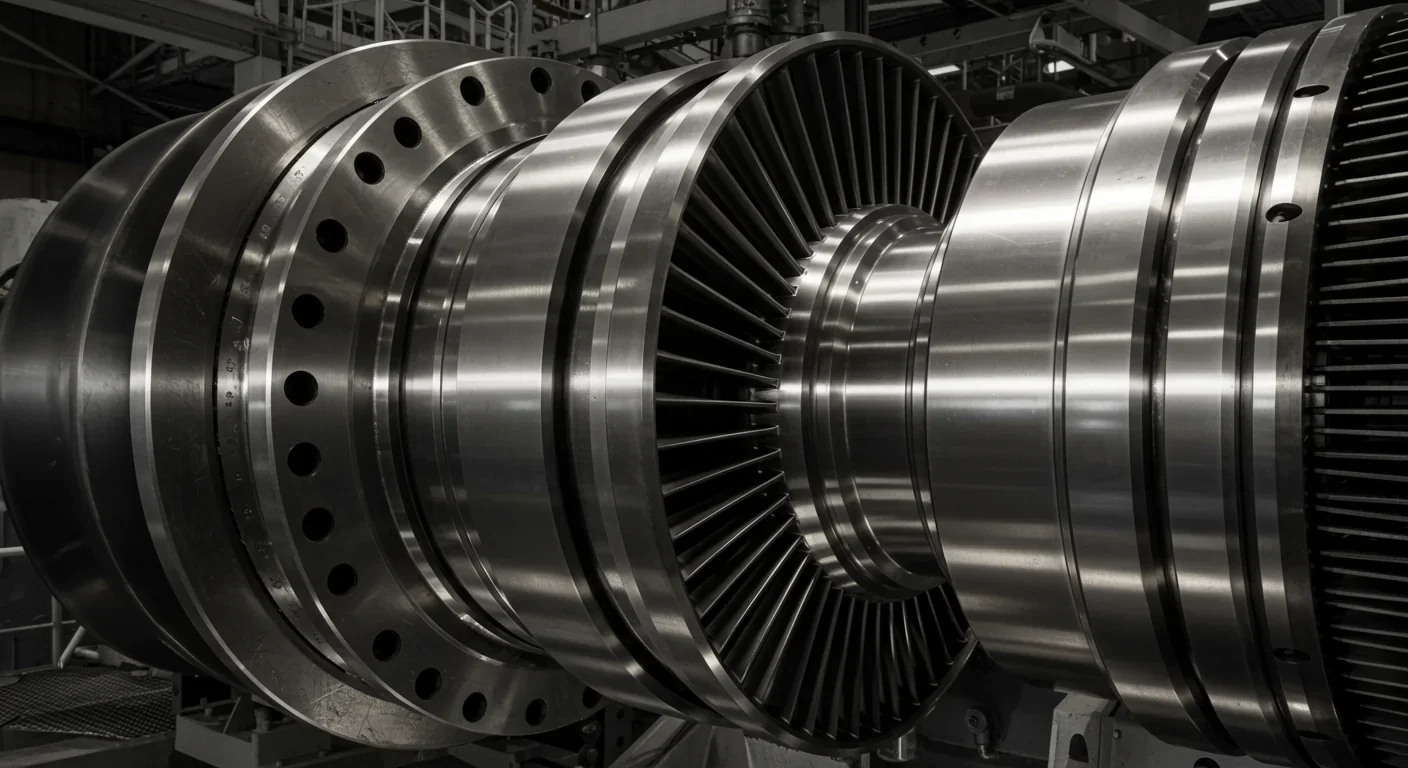
Here's the uncomfortable truth: not every region has suitable geology for CAES. Salt formations are concentrated in specific geological basins—the Gulf Coast of the United States, northern Germany, parts of Iran and Pakistan, isolated formations in Canada and China. If you don't have salt, you need hard rock that can be economically excavated or depleted gas fields with proven containment.
The permitting process for underground caverns represents another bottleneck. Environmental impact assessments must verify that compressed air won't contaminate groundwater, destabilize surrounding geology, or cause surface subsidence. Land-use approvals involve negotiating with property owners, local governments, and communities understandably nervous about industrial facilities underground. These regulatory hurdles can add years to project timelines and millions to costs.
Geology also determines efficiency. Salt caverns can maintain constant volume, which simplifies operations and improves efficiency. Porous rock formations may allow some air leakage, requiring extra compression to maintain pressure and reducing overall efficiency. Hard rock caverns need careful engineering to ensure structural stability under repeated pressure cycling.
This geographic specificity means CAES won't be the universal solution. Regions without suitable geology will need different storage technologies—batteries for short-duration needs, perhaps hydrogen storage for very long-duration applications, or continued reliance on pumped hydro where it exists. The grid of the future will likely combine multiple storage technologies, each deployed where it makes the most technical and economic sense.
The value of storage depends not just on technology but on how electricity markets are structured. CAES excels at arbitrage—buying electricity when it's cheap and abundant, selling when it's expensive and scarce. In markets with significant renewable penetration, this price spread can be dramatic. West Texas regularly sees negative electricity prices during windy periods, then spikes to hundreds of dollars per megawatt-hour when wind dies down.
But arbitrage alone may not justify the capital investment in CAES. The real value comes from grid services: frequency regulation, voltage support, black start capability, and capacity firming for renewable energy. These services command premium prices in many electricity markets because grid operators need reliability and flexibility.
CAES facilities can ramp up or down relatively quickly—faster than coal or nuclear plants, though not as fast as natural gas combustion turbines or batteries. Advanced CAES systems are designed to respond to grid signals within minutes, providing the flexibility operators need to balance supply and demand second by second.
Market design will determine whether CAES proliferates or remains niche. Policies that value long-duration storage, recognize the capacity contribution of energy storage, and compensate grid services appropriately will favor CAES deployment. Markets that only pay for energy and ignore capacity or services will continue to favor cheaper short-duration technologies.
Despite decades of operational experience, CAES still faces technical hurdles. Heat management remains critical: capturing compression heat efficiently, storing it with minimal losses, and recovering it during expansion requires sophisticated thermal storage systems that add cost and complexity. The Zhangjiakou plant demonstrates this can work, but scaling to hundreds or thousands of facilities means standardizing designs and reducing costs.
"The long operational life (30+ years) and low maintenance of CAES vessels make them cost-competitive over time, offsetting high upfront capital costs."
— Analysis from energy storage economics research
Cavern integrity over decades of pressure cycling needs long-term validation. Salt caverns have proven durable—Huntorf's cavern shows no significant degradation after 45 years—but hard rock caverns and aquifer storage lack comparable operational histories. Research continues into materials science, geology, and engineering to ensure caverns can withstand thousands of charge-discharge cycles without structural failure or air leakage.
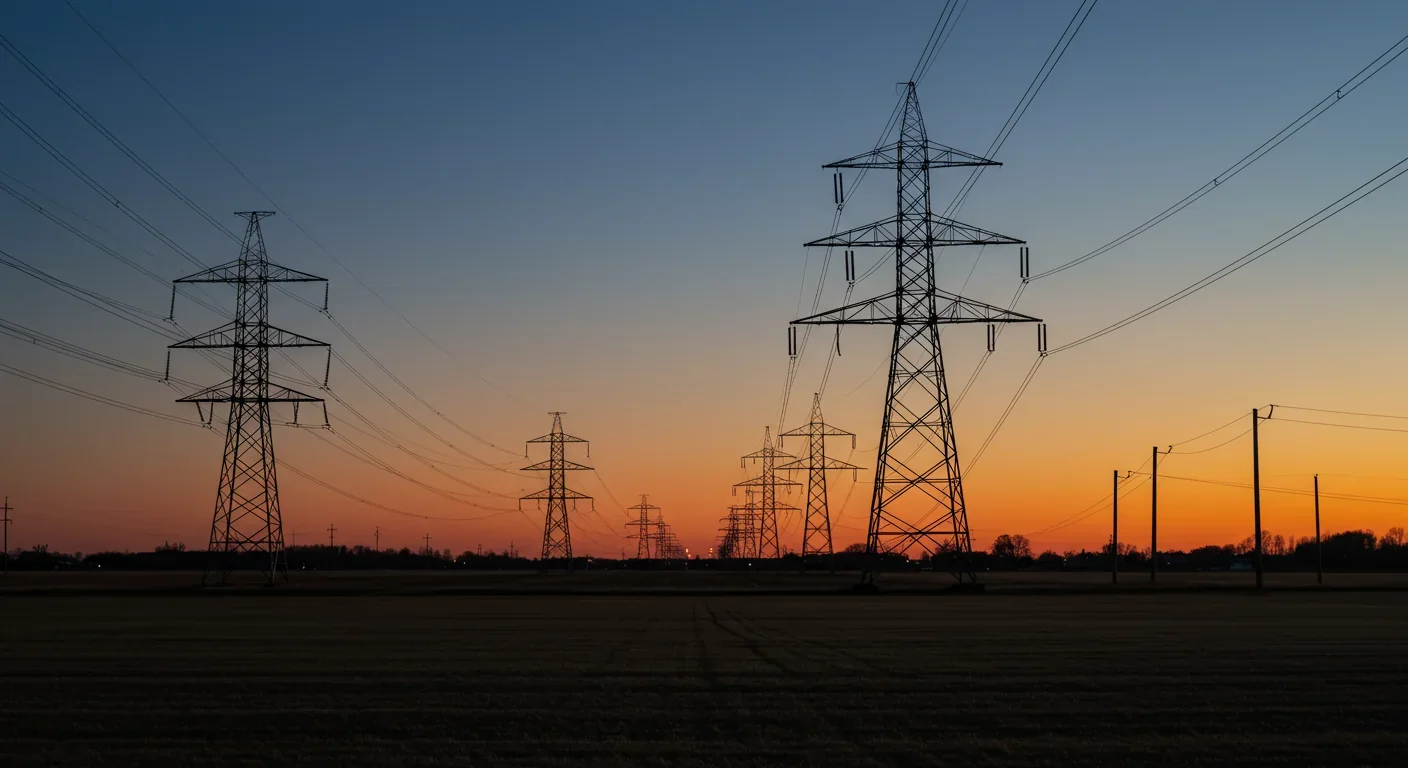
Component reliability matters more for CAES than for batteries. A failed battery module might reduce capacity by a few percent; a failed compressor or turbine in a CAES plant takes the entire facility offline until repairs are completed. Maintenance scheduling and redundancy design become crucial for grid operators who depend on CAES for reliability.
The balance between compression equipment, storage volume, and turbine capacity requires optimization for each site. A small cavern with large turbines provides high power output but short duration. A large cavern with small turbines stores vast amounts of energy but releases it slowly. Finding the right configuration depends on local grid needs, renewable energy generation patterns, and economic factors.
Energy storage technologies often take decades to move from laboratory to commercial deployment. Lithium-ion batteries were invented in the 1970s but didn't reach mass production until the 1990s, and utility-scale deployment only accelerated in the 2010s. Pumped hydro storage dates back to the 1890s in Italy and Switzerland, but most facilities worldwide were built between 1960 and 1990 when environmental regulations were looser and capital was cheaper.
CAES is following a similar trajectory. The technology works—Huntorf and McIntosh prove that. But first-generation diabatic systems burning natural gas never made economic sense outside specific niches. Advanced adiabatic systems promise to change the equation, but they need capital, regulatory support, and time to demonstrate reliability at scale.
China's rapid deployment of advanced CAES mirrors its approach to solar panels and batteries: build aggressively, accept early inefficiencies, iterate quickly, and achieve cost reductions through manufacturing scale. China recently broke ground on what will be the world's largest CAES project, demonstrating national commitment to the technology. If China drives down costs and proves reliability, global deployment could accelerate rapidly.
Western countries are moving more cautiously, with government loan guarantees and subsidies de-risking initial projects. The $1.76 billion DOE loan to Hydrostor signals that the United States views CAES as strategically important. Similar support in Europe, particularly Germany's commitment to leveraging its salt cavern resources, suggests CAES could finally move from niche to mainstream.
Storage doesn't have to be either-or. Hybrid systems combining CAES with batteries or other technologies could optimize for both short-term flexibility and long-duration capacity. Batteries handle rapid fluctuations and frequency regulation; CAES manages multi-hour or multi-day storage. Together, they provide a more complete solution than either technology alone.
Some proposed projects co-locate CAES with solar or wind farms, using the storage facility to firm up intermittent renewable generation and deliver dispatchable clean energy to the grid. This integrated approach simplifies interconnection, reduces transmission costs, and provides renewable developers with a competitive advantage in capacity markets.
Hydrogen production and storage offers another complementary path. Excess renewable electricity can produce hydrogen through electrolysis, store it underground (sometimes in the same geological formations suitable for CAES), and burn it for power generation or industrial uses. Hydrogen's energy density and versatility make it attractive for very long-duration storage—weeks or months—while CAES handles hour-to-day timescales.
The flexibility to mix and match technologies based on local resources, grid needs, and economic factors will likely define the energy storage landscape of 2040. CAES won't replace batteries or pumped hydro; it will complement them, filling gaps where geology aligns with grid requirements and economics pencil out.
Several indicators will reveal whether CAES is experiencing a genuine renaissance or just another false start. Project completion rates matter most: announcements are easy, operational facilities are hard. The Hydrostor California project, Augwind's German air battery, and China's expanding CAES fleet need to move from development to commercial operation on time and on budget.
Performance data from advanced adiabatic systems will determine whether 70%+ round-trip efficiency is achievable in practice or remains aspirational. If the Zhangjiakou plant consistently delivers 70% efficiency over years of operation, CAES credibility soars. If efficiency proves elusive due to heat losses or operational constraints, the technology remains handicapped.
Cost trajectories will determine market penetration. Can CAES costs drop from $500-1,200 per kilowatt to $300-500 through standardized designs, manufacturing scale, and improved project execution? Or will geology-specific engineering and permitting delays keep costs high and projects rare?
Regulatory frameworks shape technology deployment as much as technical performance. Policies that value long-duration storage, streamline permitting for underground caverns, and provide market mechanisms for capacity and grid services will accelerate CAES adoption. Regulatory indifference or hostility will strangle it.
Energy storage is ultimately about freedom—freedom to run society on clean energy regardless of weather, time of day, or season. Renewables can technically supply all the electricity humanity needs; the sun delivers more energy to Earth in one hour than civilization uses in a year. But harnessing that energy requires storage technologies that work at the scale, duration, and cost that grid operations demand.
CAES offers one pathway. It's not perfect: geology limits deployment, efficiency lags batteries, capital costs remain substantial, and technical challenges persist. But it provides long-duration storage using abundant materials, proven technology, and geological resources that exist in many regions desperate for energy storage solutions.
Mining operations are exploring CAES to power remote sites with renewable energy, storing excess solar and wind power underground and using it to run heavy equipment around the clock. Industrial facilities with large compressed air needs are considering integrated systems that provide both energy storage and process air. These niche applications could accelerate technology development and cost reduction.
The question isn't whether CAES will displace all other storage technologies—it won't. The question is whether CAES can claim a meaningful share of the massive energy storage buildout required by 2040. If advanced adiabatic systems deliver on their efficiency promises, if costs continue declining, if projects move from development to operation at scale, then underground compressed air storage could indeed solve a big piece of renewable energy's storage puzzle.
Germany's 330 terawatt-hours of potential salt cavern storage, China's aggressive deployment strategy, and America's billion-dollar bets suggest key players believe CAES is ready for prime time. The technology has waited over four decades for its moment. That moment might finally have arrived.
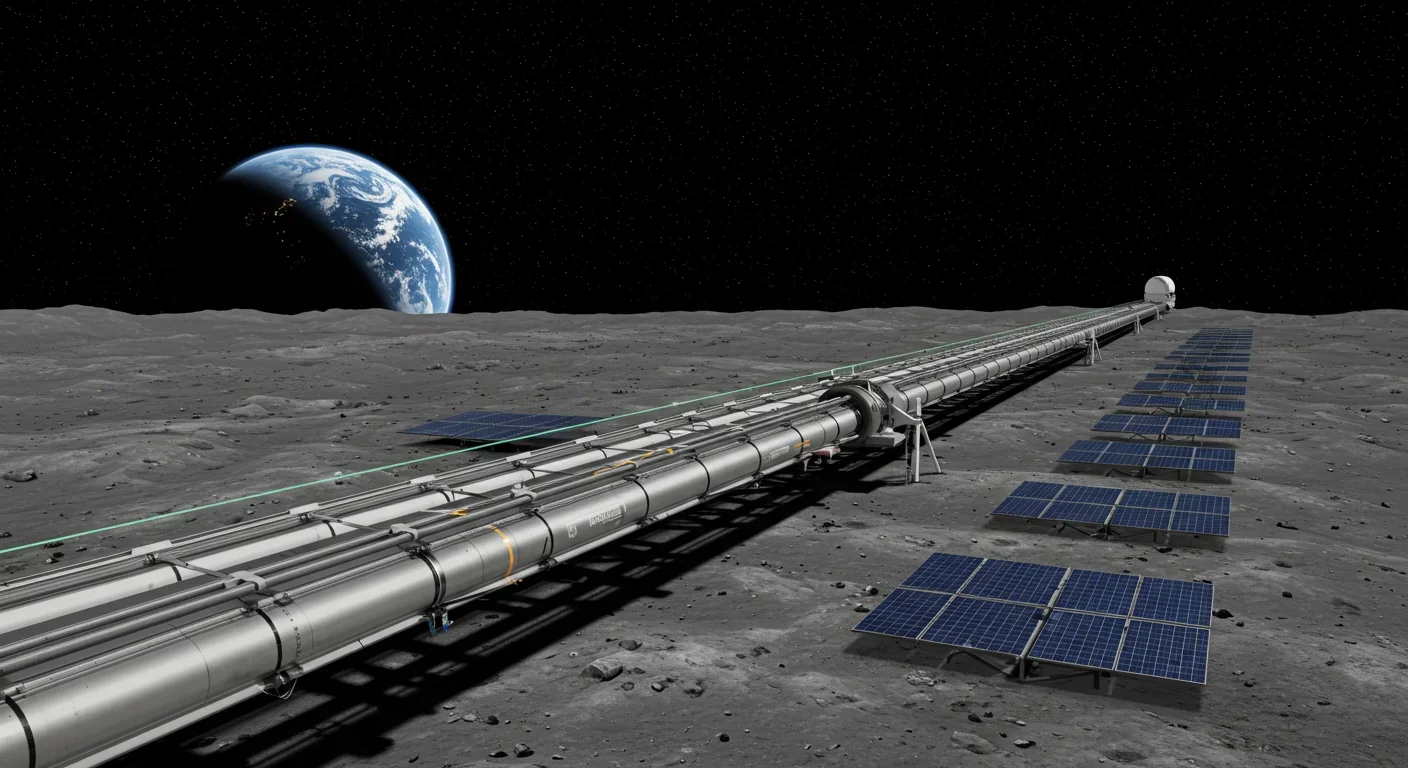
Lunar mass drivers—electromagnetic catapults that launch cargo from the Moon without fuel—could slash space transportation costs from thousands to under $100 per kilogram. This technology would enable affordable space construction, fuel depots, and deep space missions using lunar materials, potentially operational by the 2040s.

Ancient microorganisms called archaea inhabit your gut and perform unique metabolic functions that bacteria cannot, including methane production that enhances nutrient extraction. These primordial partners may influence longevity and offer new therapeutic targets.

CAES stores excess renewable energy by compressing air in underground caverns, then releases it through turbines during peak demand. New advanced adiabatic systems achieve 70%+ efficiency, making this decades-old technology suddenly competitive for long-duration grid storage.

Human children evolved to be raised by multiple caregivers—grandparents, siblings, and community members—not just two parents. Research shows alloparenting reduces parental burnout, improves child development, and is the biological norm across cultures.
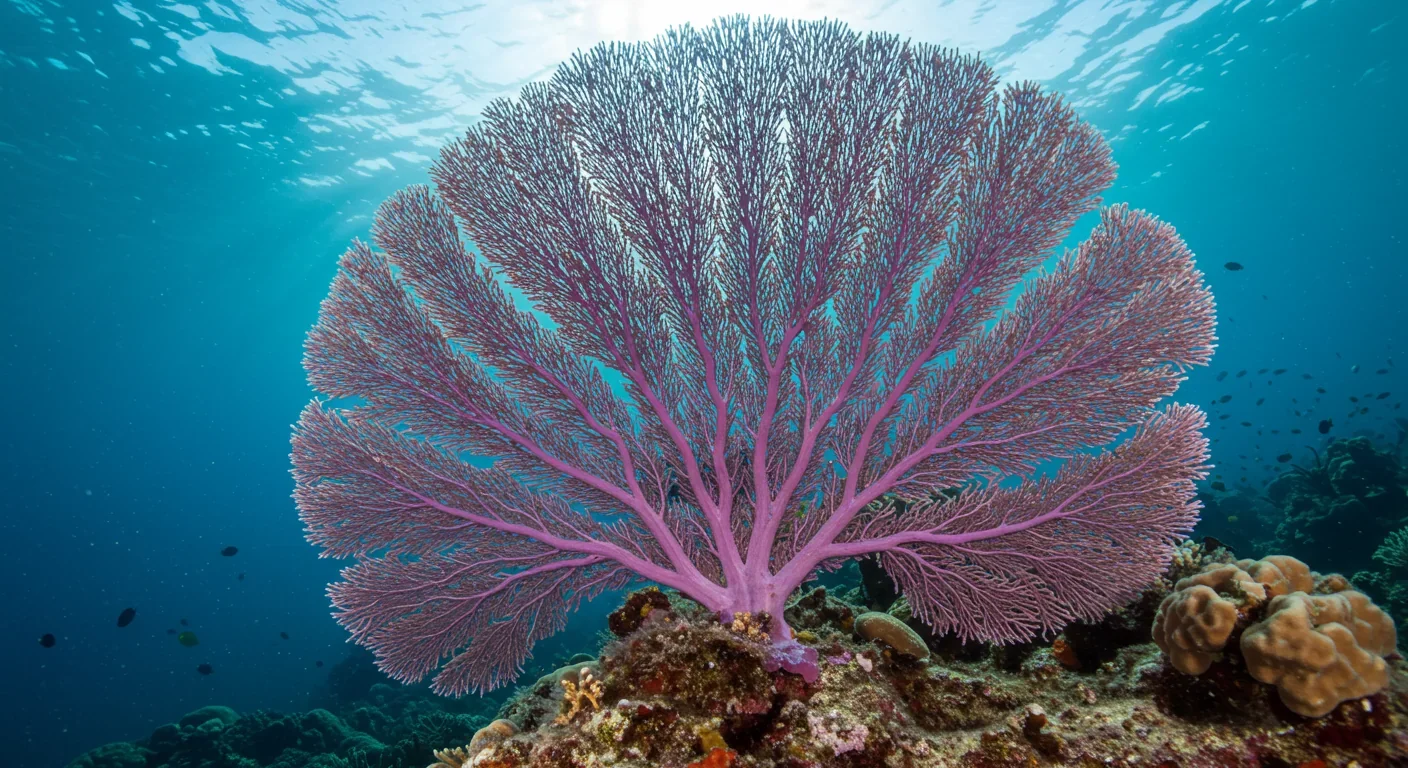
Soft corals have weaponized their symbiotic algae to produce potent chemical defenses, creating compounds with revolutionary pharmaceutical potential while reshaping our understanding of marine ecosystems facing climate change.

Generation Z is the first cohort to come of age amid a polycrisis - interconnected global failures spanning climate, economy, democracy, and health. This cascading reality is fundamentally reshaping how young people think, plan their lives, and organize for change.
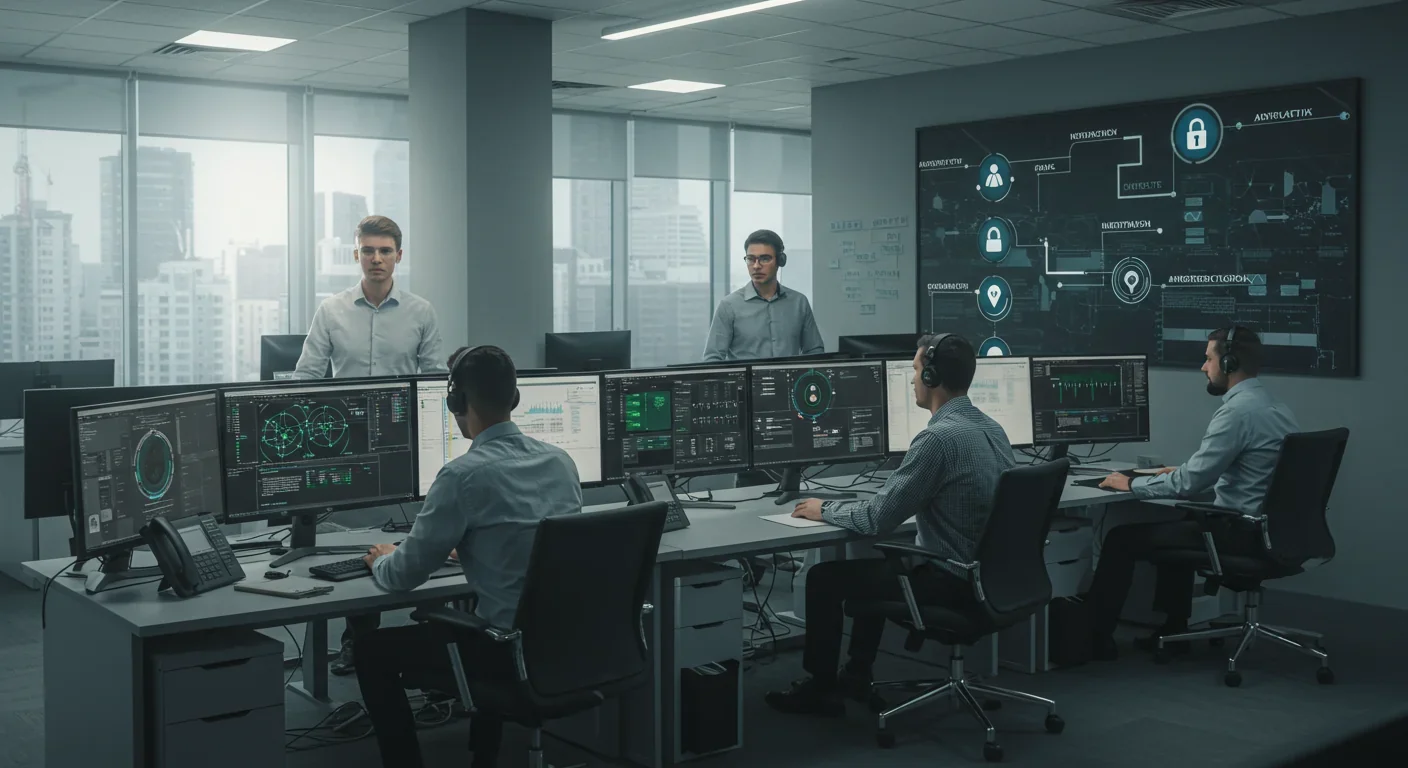
Zero-trust security eliminates implicit network trust by requiring continuous verification of every access request. Organizations are rapidly adopting this architecture to address cloud computing, remote work, and sophisticated threats that rendered perimeter defenses obsolete.